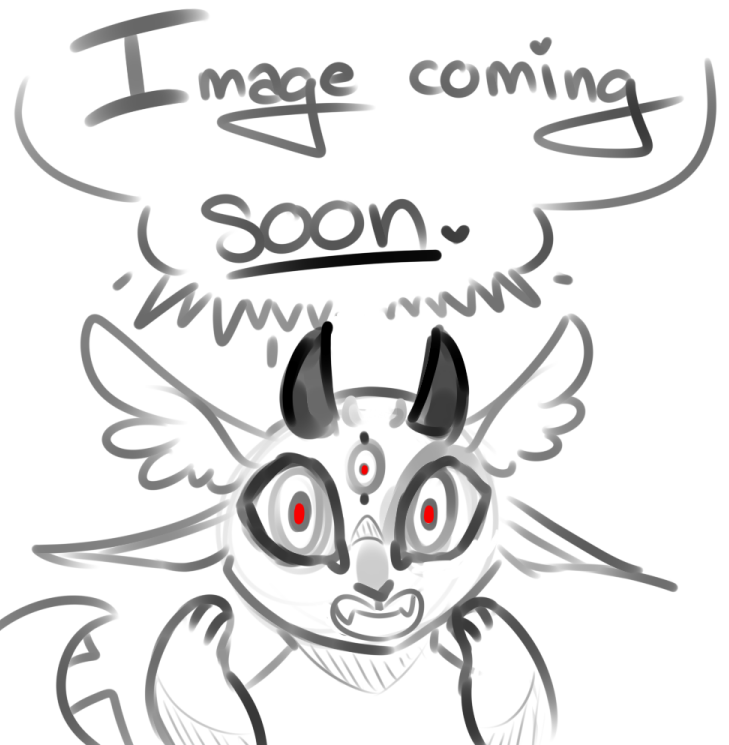Star Owl

These slender owls are said to hold the very stars in their eyes. They’re beautiful, intelligent, and these qualities have made them common pets.
Aging
0-6 months: Hatchling
6 months-1 year: Fledgeling
1-100: Adult
Average Lifespan: 100 years
Diet
Star owls live on a diet of fish and small mammals
Credit goes to Kila for writing
Appearance
Star owls are medium sized birds with slender bodies and long legs. Their feathers range from being deep purple to fairest of lilacs, and stars twinkle in their wings, leaving glittering trails as they fly. Their cream colored faces stand out in stark contrast against their plumage, and their chests are a similar cream color, trailing down to their belly and legs. Their talons are the same purple color as their feathers. Star owls have a regal collar of feathers at their necks that stand tall, as though they were wearing a regal cape.
The eyes of a star owl are truly spectacular. They change along with the cycle of the moon, brightening and darkening. At the full moon their eyes are a bright, milky white, and at the new moon their eyes are dark, appearing to have stars in them.
Abilities
Star owls are graceful in flight, so silent that they’re almost impossible to hear. Their talons are very sharp and powerful, able to kill their prey with a crushing grip.
While not able to speak, star owls are intelligent enough to understand the common tongue, and many are trained to gesture to objects and cards to communicate. They can be taught many tasks and tricks.
Star owls are able to divine the future through the stars themselves, and are said to be excellent fortune tellers because of this; though the trick becomes understanding the messages they’re trying to tell you.
Culture
Star owls do not exist in the wild; these creatures were bread over generations to become the perfect pet for archivists and fortune tellers. They’re excellent mousers, and great for keeping one’s library pest free. They’re also beautiful to look at, and owning one is seen as a show of status.
These birds are gentle and affectionate, preferring to nibble their keeper’s ears to show they care. Though the harder they nip, the likely they’re hungry and want to be fed. They can be rather testy if treated improperly, and many star owls will pout after what they perceive to be personal slights.
Both parents help raise chicks, and while people can be involved in this process it’s best to let the parents raise them so that the chicks will have a better understanding of their clairvoyance. Star owls raised by people never quite gain access to this ability, leading to them being abandoned as a result.